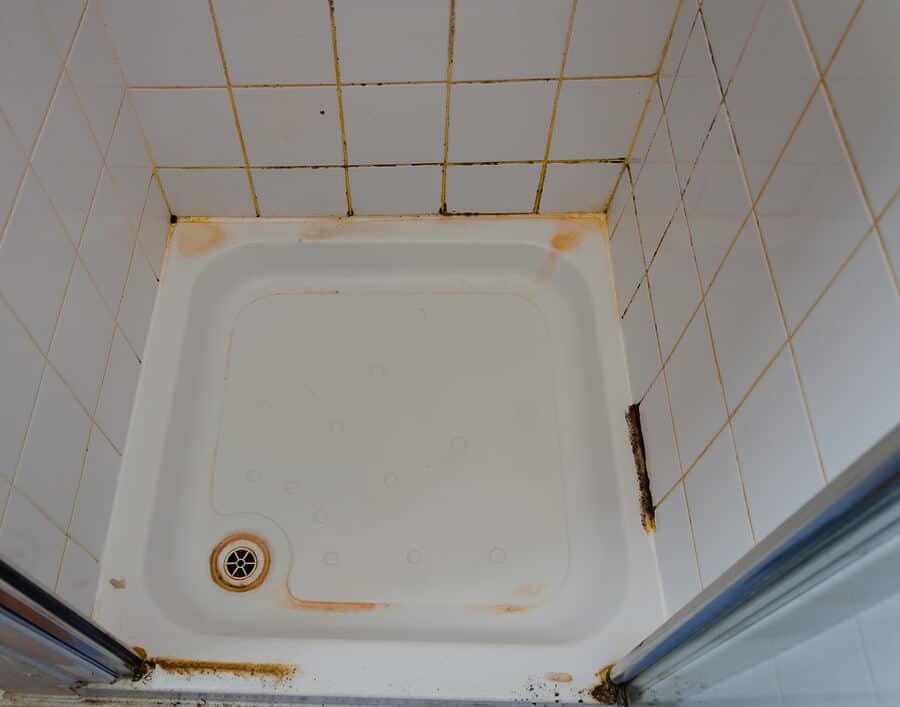Serratia marcescens is commonly referred to as pink mold or pink mildew but it is bacteria causing those irritating pink stains in the bathtub and on your shower head.
Pink spots on shower floor.
The reddish pink residue in your bathrooms on shower stalls tubs tile toilets sinks and toothbrush holders is caused by the growth of an airborne bacterium called serratia marcescens.
Although this gunk is commonly called either pink mold or pink mildew it is actually a type of water borne bacteria serratia marcescens.
The pink mold may appear in any spots in the bathroom but the most common locations for it to grow are in the tub sink and under it.
There are certain areas on the shower floor where water sits after a shower and those areas seem to have the most pink build up so i m assuming it s something in the water that s left over when the water evaporates.
On my shower floor i seem to get a strange pink build up over time that i have to constantly scrub away.
Pink mold usually appears as a fuzzy but not in a good way or slimy buildup in damp areas of your home most commonly on the shower curtain or the grout between bathroom tiles.
After letting it sit for 15 minutes scrub the area lightly with a cloth.
The pink colour is from a pigment prodigiosin produced by serratia marcescens under the right growing conditions.
If you have orange stains in your shower try scrubbing the stains with water and a rough sponge.
For older stains that are tougher to remove mix together baking soda and vinegar until you get a paste then spread the paste onto the stains.
What does pink shower mold look like.
Most of us know by now to be afraid of black mold but pink mold is another story.
Even we can find around the ventilation and insulation near the sinkhole and on shower curtain or walls.
Yes that s right you ve got bathroom mold.
The pink bacteria that builds up on the grout between your shower tiles is.
Fortunately the light pink to dark red coloring a result of the pigment the bacteria produces makes it easy to spot and remove from shower walls floors countertops shower doors and curtain.
The pesky growth thrives in damp environments like bathrooms and feeds off common toiletries such as soap and shampoo.



















